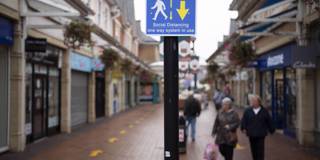
The Rise of Covidnomics
The COVID-19 pandemic is forcing medical professionals and economists alike to grapple with issues that cross the normal boundaries of their respective disciplines. Recognizing this creates scope for policy interventions that can contain the pandemic without crushing the economy.
ITHACA – Boundaries between academic disciplines are always artificial creations intended to facilitate analysis, given our limitations. But as the economist Albert Hirschman once argued, there are times when it is incumbent on us to trespass them. The ongoing battle against COVID-19 and its economic fallout is such a time.